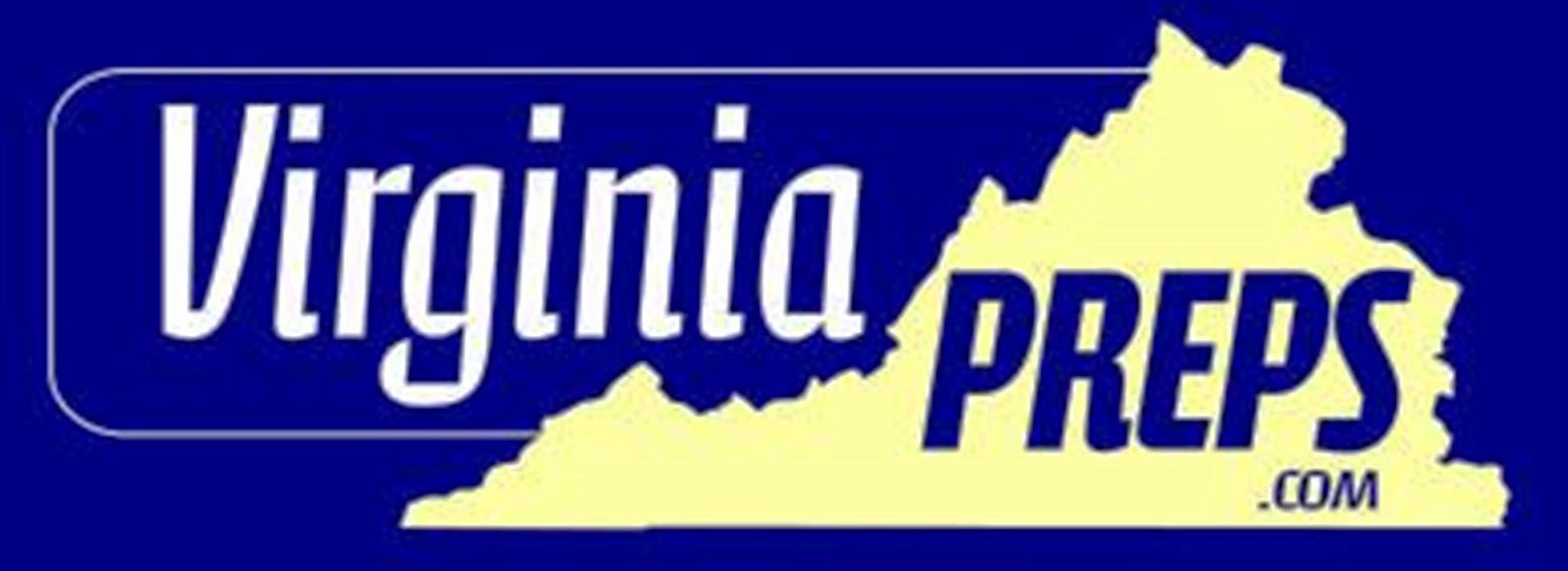They moved it for some odd reason, click on COVID-19 rescources, scroll down bottom left click on clinical guidance, scroll down to 7th tick mark-return to school considerations. Copied and pasted part below.
—
—
The purpose of this guidance is to support education, public health, local leadership, and pediatricians collaborating with schools in creating policies for school re-entry that foster the overall health of children, adolescents, staff, and communities and are based on available evidence. Schools are fundamental to child and adolescent development and well-being and provide our children and adolescents with academic instruction, social and emotional skills, safety, reliable nutrition, physical/speech and mental health therapy, and opportunities for physical activity, among other benefits. Beyond supporting the educational development of children and adolescents, schools play a critical role in addressing racial and social inequity. As such, it is critical to reflect on the differential impact SARS-CoV-2 and the associated school closures have had on different races, ethnic and vulnerable populations. These recommendations are provided acknowledging that our understanding of the SARS-CoV-2 pandemic is changing rapidly.
Any school re-entry policies should consider the following key principles:
- School policies must be flexible and nimble in responding to new information, and administrators must be willing to refine approaches when specific policies are not working.
- It is critically important to develop strategies that can be revised and adapted depending on the level of viral transmission in the school and throughout the community and done with close communication with state and/or local public health authorities and recognizing the differences between school districts, including urban, suburban, and rural districts.
- Policies should be practical, feasible, and appropriate for child and adolescent's developmental stage.
- Special considerations and accommodations to account for the diversity of youth should be made, especially for our vulnerable populations, including those who are medically fragile, live in poverty, have developmental challenges, or have special health care needs or disabilities, with the goal of safe return to school.
- No child or adolescents should be excluded from school unless required in order to adhere to local public health mandates or because of unique medical needs. Pediatricians, families, and schools should partner together to collaboratively identify and develop accommodations, when needed.
- School policies should be guided by supporting the overall health and well-being of all children, adolescents, their families, and their communities. These policies should be consistently communicated in languages other than English, if needed, based on the languages spoken in the community, to avoid marginalization of parents/guardians who are of limited English proficiency or do not speak English at all.
With the above principles in mind, the AAP strongly advocates that all policy considerations for the coming school year should start with a goal of having students physically present in school. The importance of in-person learning is well-documented, and there is already evidence of the negative impacts on children because of school closures in the spring of 2020. Lengthy time away from school and associated interruption of supportive services often results in social isolation, making it difficult for schools to identify and address important learning deficits as well as child and adolescent physical or sexual abuse, substance use, depression, and suicidal ideation. This, in turn, places children and adolescents at considerable risk of morbidity and, in some cases, mortality. Beyond the educational impact and social impact of school closures, there has been substantial impact on food security and physical activity for children and families.
Policy makers must also consider the mounting evidence regarding COVID-19 in children and adolescents, including the role they may play in transmission of the infection. SARS-CoV-2 appears to behave differently in children and adolescents than other common respiratory viruses, such as influenza, on which much of the current guidance regarding school closures is based. Although children and adolescents play a major role in amplifying influenza outbreaks, to date, this does not appear to be the case with SARS-CoV-2. Although many questions remain, the preponderance of evidence indicates that children and adolescents are less likely to be symptomatic and less likely to have severe disease resulting from SARS-CoV-2 infection. In addition, children may be less likely to become infected and to spread infection. Policies to mitigate the spread of COVID-19 within schools must be balanced with the known harms to children, adolescents, families, and the community by keeping children at home.
Finally, policy makers should acknowledge that COVID-19 policies are intended to mitigate, not eliminate, risk. No single action or set of actions will completely eliminate the risk of SARS-CoV-2 transmission, but implementation of several coordinated interventions can greatly reduce that risk. For example, where physical distance cannot be maintained, students (over the age of 2 years) and staff can wear face coverings (when feasible). In the following sections, we review some general principles that policy makers should consider as they plan for the coming school year. For all of these, education for the entire school community regarding these measures should begin early, ideally at least several weeks before the start of the school year.

